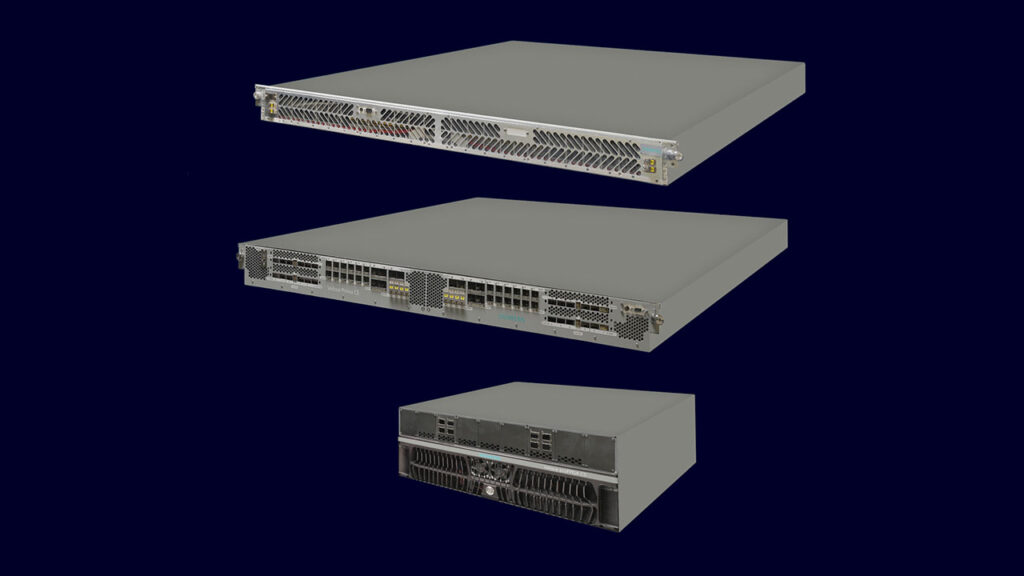The package includes three new offerings: Veloce Strato CS emulation hardware. Veloce Primo CS hardware for enterprise prototyping. Veloce proFPGA CS hardware for software prototyping.
Built for congruence, speed and modularity across all three platforms, the Veloce CS system supports design sizes from 40 million gates, up to designs integrating more than 40+ billion gates. In addition, Veloce CS runs the entire system workloads with high visibility and congruence by choosing the right tool for the task, as each task has unique requirements. This allows for much faster time to project completion and helps reduce the cost per verification cycle.
“Furthermore, Veloce CS provides the industry’s only fully congruent, high-speed, modular hardware-assisted system with three systems,” adds Jean-Marie Brunet.
Significant improvements in emulation performance
To reach this milestone, Siemens has worked with key customers and partners to develop innovative hardware and a new, fully unified software architecture. AMD’s Corporate Fellow, Alex Starr:
”The evolution of SoC and system-level design has brought about many changes over the past ten years that have made the use of hardware-assisted verification more necessary than ever,” he says.

That said, it can be noted that the Veloce Strato CS provides a significant improvement in emulation performance over the Veloce Strato, up to five times, maintains full visibility, and is scalable from 40 million gates (MG) to 40+ billion gates (BG).
Both the Veloce Strato CS and Veloce Primo CS solutions run on the same operating system, providing exceptional congruence while allowing the freedom to move seamlessly between platforms. This can dramatically accelerate ramp-up, setup time, debugging, and workload execution.
Veloce proFPGA CS, which also leverages the AMD Versal Premium VP1902 FPGA-based adaptive SoC, delivering a fast and comprehensive software prototype yp solution, which scales from one FPGA to hundreds. This exceptional performance, along with its highly flexible and modular design, can help customers dramatically accelerate firmware, operating system, application development and system integration tasks.
The entire Veloce CS system is available in a modular blade configuration that is fully compatible with modern data center requirements for ease of installation, low power, superior cooling and compact footprint. Furthermore, the Veloce proFPGA CS solution provides a desktop lab version for additional user flexibility.
Veloce CS is furthermore qualified to run with the latest AMD EPYC CPU powered HP DL385g11 servers.
Accelerates hardware design and software development
“Time to market is critical for the entire Arm partner ecosystem, emphasizing the need for tools that offer modularity, granularity and speed for IP and SoC verification,” said Tran Nguyen, senior director of design services, Arm, adding: “Siemens Veloce platforms have become an integral part of the Arm development process and we continue to see the benefits of the new Veloce Strato CS system for accelerating hardware design and software development.”
“With the Veloce CS system, we address the specific needs of hardware, software and systems engineers who all play an important role in delivering the world’s most advanced electronic products. By providing the right tool for the task, Veloce CS innovations accelerate the entire verification process and lower the total cost of ownership, which can increase profitability,” summarizes Siemens’ Jean-Marie Brunet.
The Veloce Strato CS system is available immediately to select partner customers, but general availability for the three hardware platforms is slightly delayed and is planned for summer 2024. The Veloce CS system is planned to be cloud-ready with general availability.






